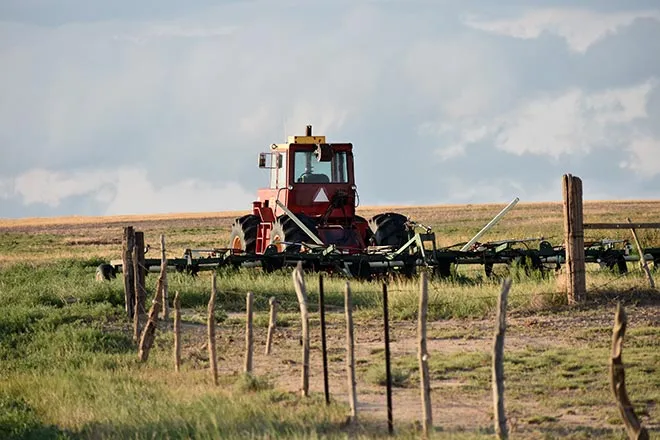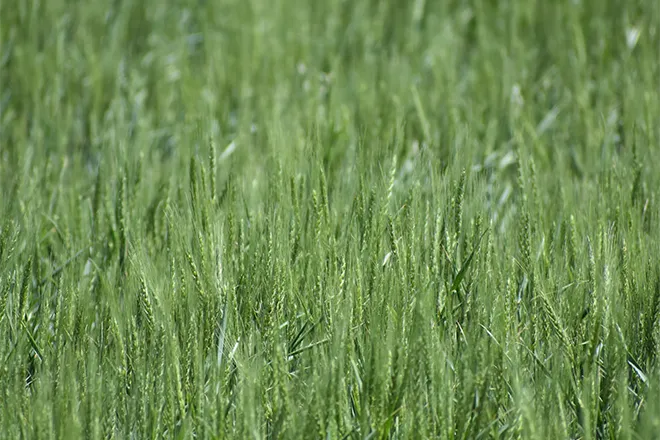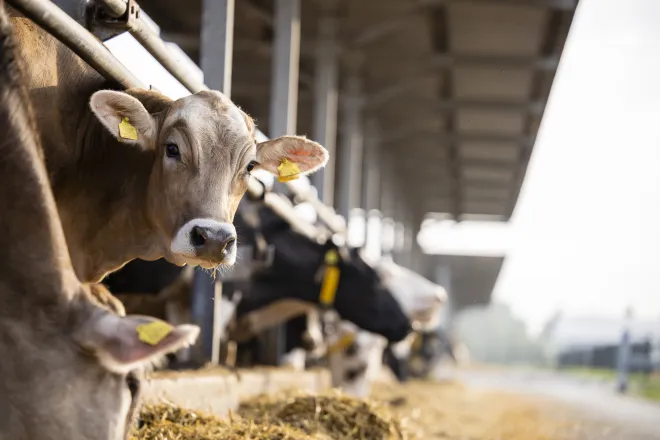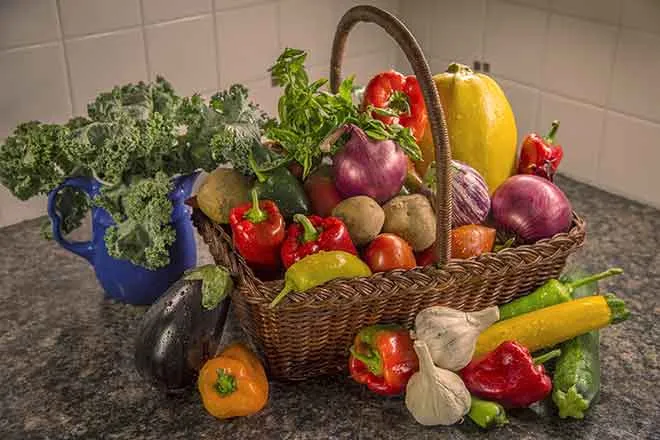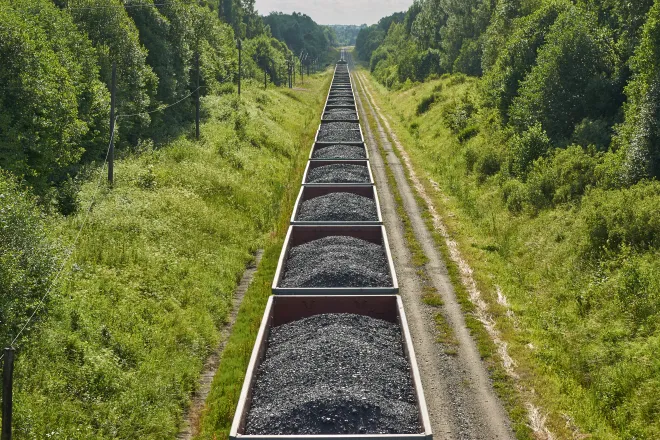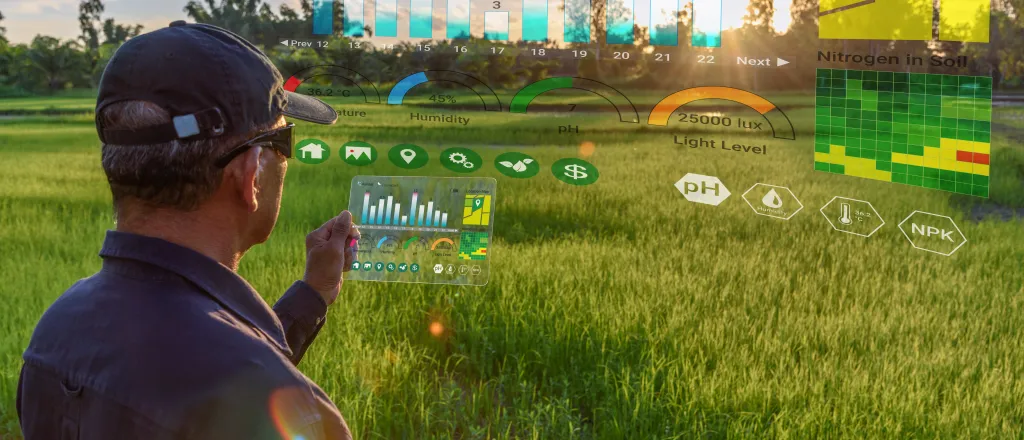
Ag stats: Colorado crop progress and condition report – week ending July 17, 2022
A primarily dry week allowed winter wheat harvest to make significant progress last week, according to the Mountain Region Field Office of the National Agricultural Statistics Service, USDA.
Statewide, winter wheat crop conditions deteriorated, with 7 percent of the crop rated good to excellent, compared to 61 percent good to excellent last year. Sixty-seven percent of the winter wheat crop is rated poor to very poor, compared to 13 percent last year. According to the U.S. Drought Monitor, 83 percent of the State is under drought conditions, unchanged from the previous week. Thirty-two percent of the State is experiencing severe to exceptional drought conditions, down 13 percentage points from last week. Extreme drought conditions are affecting 5 percent of the State, equal to last week.
In northeastern and east central counties, high temperatures and limited moisture allowed winter wheat harvest to advance rapidly. Current reports state that while yields are low, the overall quality of the winter wheat crop is better than anticipated. Areas in Logan, Kit Carson, Phillips, Sedgwick, and Yuma Counties experienced temperatures more than 5 degrees above average, with parts of Phillips and Yuma counties reaching temperatures more than 10 degrees above average.
In the northeastern corner of the State, reporters noted that damage from the wheat stem sawfly has producers swathing many fields.
In southwestern counties, a reporter noted that flash floods were experienced around the valley. Sustained winds were experienced in the southwestern corner, with some gusts reaching above 30 miles per hour.
In the San Luis Valley, any moisture received from scattered showers was quickly dried up from wind gusts later in the week. Temperatures in the mid to high 80’s all week advanced alfalfa harvest, although it remains behind average. The potato and barley crops continue to develop well. According to county reports, irrigation water supply is a concern, with well levels dropping significantly.
In southeastern counties, almost all fields of winter wheat that will be harvested for grain have been harvested, with yield reports ranging significantly. Areas of Custer and Las Animas Counties received over an inch of precipitation, while the rest of the district remained primarily dry.
Stored feed supplies were rated 2 percent very short, 30 percent short, 67 percent adequate, and 1 percent surplus.
Sheep death loss was 84 percent average and 16 percent light.
Cattle death loss was 88 percent average and 12 percent light.
CROP AND LIVESTOCK PROGRESS | ||||
Commodity | Current week | Previous week | Previous year | 5-year average |
(percent) | (percent) | (percent) | (percent) | |
Alfalfa Hay | ||||
1st cutting harvested | 97 | 93 | NA | NA |
2nd cutting harvested | 26 | 20 | 38 | 41 |
Barley | ||||
Headed | 95 | 79 | 92 | 93 |
Turning color | 17 | 10 | 30 | 29 |
Corn | ||||
Silked | 20 | 10 | 20 | 19 |
Doughed | 5 | 3 | -- | -- |
Dry edible beans | ||||
Emerged | 98 | 85 | NA | NA |
Blooming | 15 | -- | 23 | 27 |
Winter wheat | ||||
Mature | 95 | 78 | 96 | NA |
Harvested | 57 | 28 | 55 | 68 |
DAYS SUITABLE FOR FIELDWORK AND SOIL MOISTURE CONDITION | ||||
Current week | Previous week | Previous year | 5-year average | |
Days suitable for fieldwork | 6.2 | 5.4 | 6.7 | 6.5 |
Topsoil moisture | (percent) | (percent) | (percent) | (percent) |
Very short | 23 | 30 | 14 | 17 |
Short | 47 | 41 | 26 | 30 |
Adequate | 30 | 29 | 59 | 51 |
Surplus | -- | -- | 1 | 2 |
Subsoil moisture | ||||
Very short | 40 | 33 | 17 | 16 |
Short | 42 | 42 | 30 | 31 |
Adequate | 18 | 25 | 53 | 52 |
Surplus | -- | -- | -- | 1 |
CROP, LIVESTOCK, PASTURE AND RANGE CONDITION | ||||
Commodity | Current week | Previous week | Previous year | 5-year average |
(percent) | (percent) | (percent) | (percent) | |
Alfalfa hay | ||||
Very poor | 3 | 5 | 7 | 5 |
Poor | 5 | 9 | 15 | 11 |
Fair | 32 | 37 | 20 | 23 |
Good | 49 | 42 | 36 | 48 |
Excellent | 11 | 7 | 22 | 13 |
Barley | ||||
Very poor | 4 | 4 | 5 | 2 |
Poor | 5 | 7 | 9 | 3 |
Fair | 30 | 30 | 29 | 26 |
Good | 43 | 45 | 41 | 48 |
Excellent | 18 | 14 | 16 | 21 |
Corn | ||||
Very poor | 2 | 2 | -- | 5 |
Poor | 14 | 7 | 4 | 10 |
Fair | 40 | 43 | 18 | 24 |
Good | 29 | 32 | 54 | 49 |
Excellent | 15 | 16 | 24 | 12 |
Dry edible beans | ||||
Very poor | -- | 14 | -- | 7 |
Poor | 16 | 16 | 12 | 15 |
Fair | 23 | 15 | 38 | 28 |
Good | 34 | 34 | 33 | 42 |
Excellent | 27 | 21 | 17 | 8 |
Onions | ||||
Very poor | 1 | 1 | -- | 1 |
Poor | 2 | 2 | 9 | 3 |
Fair | 35 | 30 | 40 | 28 |
Good | 55 | 60 | 46 | 61 |
Excellent | 7 | 7 | 5 | 7 |
Pasture and range | ||||
Very poor | 16 | 21 | 5 | 11 |
Poor | 27 | 24 | 14 | 17 |
Fair | 26 | 25 | 31 | 28 |
Good | 25 | 25 | 35 | 37 |
Excellent | 6 | 5 | 15 | 7 |
Potatoes inside the San Luis Valley | ||||
Very poor | 2 | 3 | 2 | -- |
Poor | 3 | 6 | 13 | 5 |
Fair | 20 | 21 | 25 | 19 |
Good | 57 | 51 | 42 | 51 |
Excellent | 18 | 19 | 18 | 25 |
Potatoes outside the San Luis Valley | ||||
Very poor | -- | 1 | -- | 1 |
Poor | -- | 2 | 1 | 2 |
Fair | 40 | 20 | 32 | 20 |
Good | 60 | 70 | 58 | 63 |
Excellent | -- | 7 | 9 | 14 |
Sorghum | ||||
Very poor | 1 | -- | -- | 6 |
Poor | 14 | 3 | -- | 9 |
Fair | 47 | 59 | 21 | 33 |
Good | 33 | 27 | 62 | 46 |
Excellent | 5 | 11 | 17 | 6 |
Sugarbeets | ||||
Very poor | -- | -- | -- | 1 |
Poor | -- | -- | -- | 4 |
Fair | 40 | 50 | 25 | 21 |
Good | 40 | 20 | 50 | 58 |
Excellent | 20 | 30 | 25 | 16 |
Sunflowers | ||||
Very poor | 3 | 1 | -- | 1 |
Poor | 8 | 2 | 9 | 7 |
Fair | 61 | 60 | 27 | 34 |
Good | 23 | 29 | 60 | 55 |
Excellent | 5 | 8 | 4 | 3 |
Winter wheat | ||||
Very poor | 35 | 26 | 4 | NA |
Poor | 32 | 27 | 9 | NA |
Fair | 26 | 31 | 26 | NA |
Good | 7 | 16 | 50 | NA |
Excellent | -- | -- | 11 | NA |
Livestock | ||||
Very poor | -- | 1 | 1 | 2 |
Poor | 7 | 7 | 5 | 5 |
Fair | 23 | 23 | 18 | 19 |
Good | 58 | 55 | 48 | 60 |
Excellent | 12 | 14 | 28 | 14 |




